Honey Bee Healthy
Oct 20, 2011, Updated Mar 07, 2016

My father has been a bee keeper for quite a few years now so I suppose you could say that I’ve learned through osmosis and by being his assistant from time to time.
He dotes on his bees like they are his children, and I have to say there’s nothing else like the honey that they produce. I grew up on the same land that my great-grandfather lived on. He named his place Tulipwood, which is fitting because the Tulip Tree blossom is the only place that a honeybee can go and completely fill up on nectar without having to go to another source before returning to the hive.
One of the things my dad does to help his hives along is to make them H-B-H, which stands for “Honey Bee Healthy.” He makes his own, but you can buy it too. It includes sugar, water, lecithin granules, spearmint water, and lemongrass oil. He feeds this to them once the honey flow has stopped.
The honey flow stops when the flowers stop blooming, sometime in the middle of the summer. In the fall you start to get more blooms and that’s called the “second flow.”
Last year he lost two hives to starvation, so this year he wanted to get a jump-start and make sure they have plenty of store for the winter so they don’t starve.
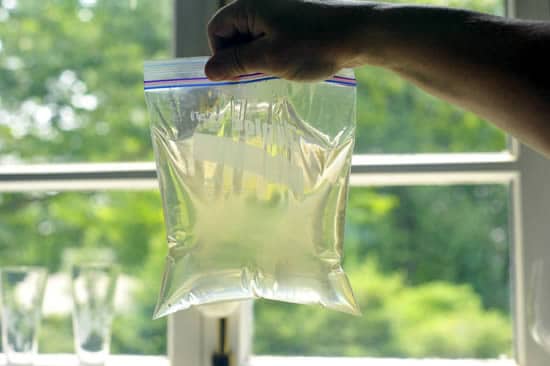
He takes a quart bag and adds the liquid after he squeezes most of the air out.
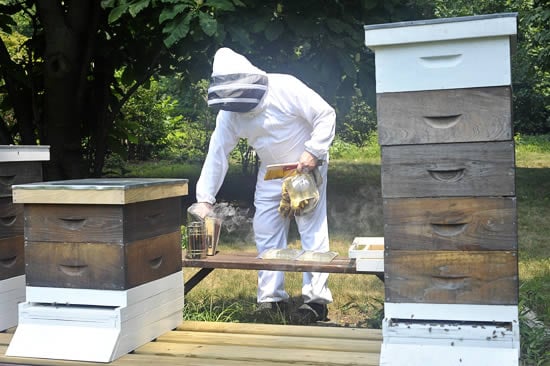
Then he dons his bee suit.
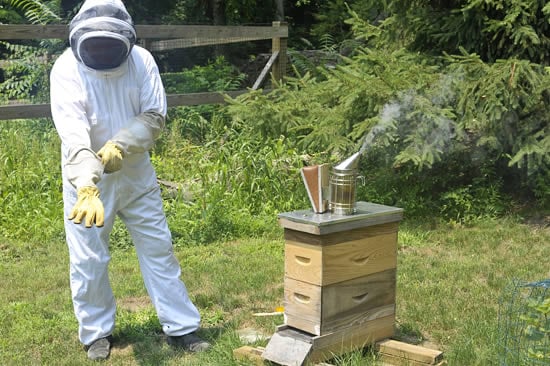
He has Russian bees that come from Don “the Fat Beeman” Kuchenmeister, in Lula, Georgia.
They appear to be more gentle than the Italian bees he used to have. And they’re small cell bees. The small cell bee theory is totally and utterly fascinating, and something I spent a lot of time researching for Food Heroes. I went to Norway and followed a bee keeper around who believes he knows how to “save the bees.”
You see, the bees have been disappearing in recent years in an epidemic called “Colony Collapse Disorder,” and there are many theories as to why. My Norwegian bee friend has the answer, which has made him unpopular among the scientists. (It is a very complicated subject — I wrote a whole chapter on this in the book).
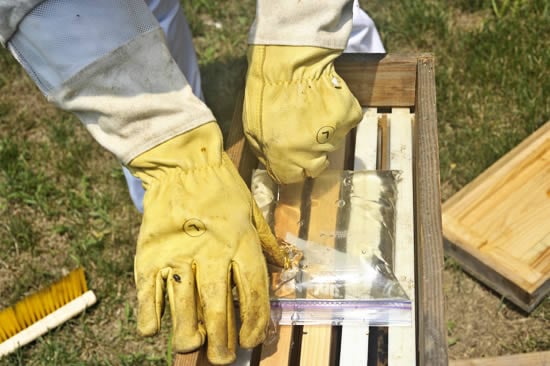
This is the top of the baby hive, called a “nuc.” A small hive helps the new bees get started when you take frames from another hive and let some of them start over.
It’s called a “walkaway split.” You put a frame or two of capped brood, a frame of honey and a frame of pollen, and they make their own queen, and in six weeks they’re back up to speed. To start their own queen, they make royal jelly, and feed it to a regular bee to turn her into a queen.
He lays the plastic bag over the top, lays it over the frames, cuts four small slits in it, and they come up, gather it and take it down to store it.
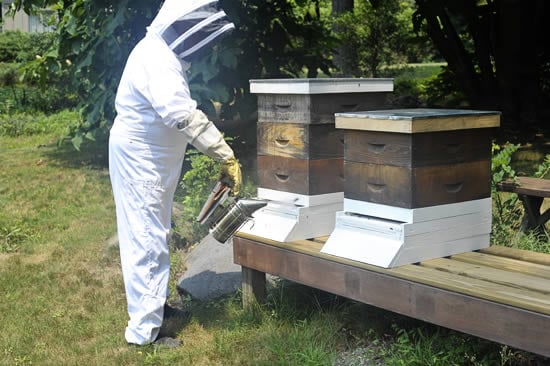
The smoke makes them drowsy so that you can mess with their hives for a few minutes. When they smell smoke they cluster together down below to protect the queen.
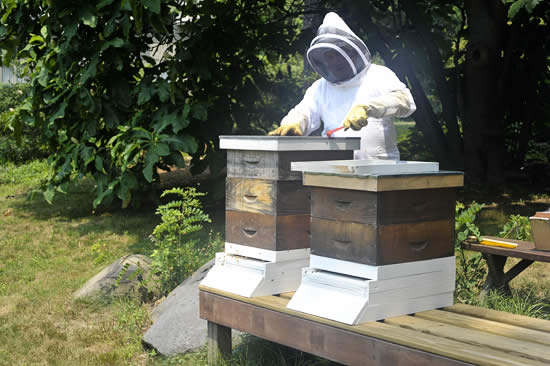
These boxes are made out of cypress wood because, my dad says, “I’m a nut.”
He sands them and oils them and they last forever. “I have happy boxes,” he says.
This year he also produced “comb honey,” where you put boxes in called “shallows.” They are special frames where you can cut a square chunk of honey comb out dripping with honey. So people can “harvest” their own at home, so to speak. I for one love a square of honey comb sitting on a cheese plate. There’s something fun about chewing the wax.

Here he’s pulling out some of the frames to check on them, since two of these hives are brand new.
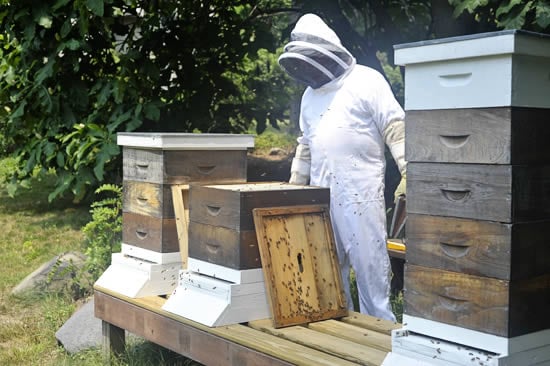
One isn’t doing as well as the other. The queen isn’t as strong. If she doesn’t lay eggs in a dense pattern, or if she lays eggs more haphazardly, then you don’t get as many bees. And the more bees, the more honey.
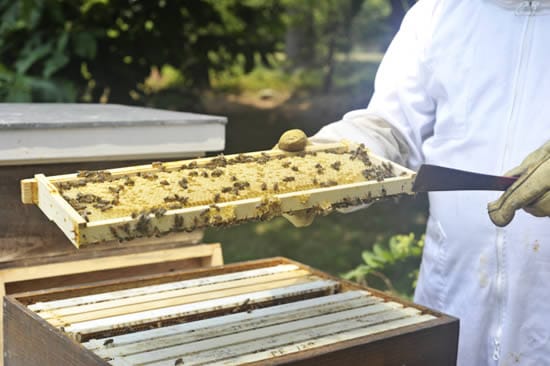
Some of the frames have capped brood, which means they have new bees in there percolating. You put a separator in the hive so the queen, who is bigger, can’t fit through to go up high. That way you know you’ll harvest your honey from the top frames, and leave the bottom frames for her to lay eggs in.
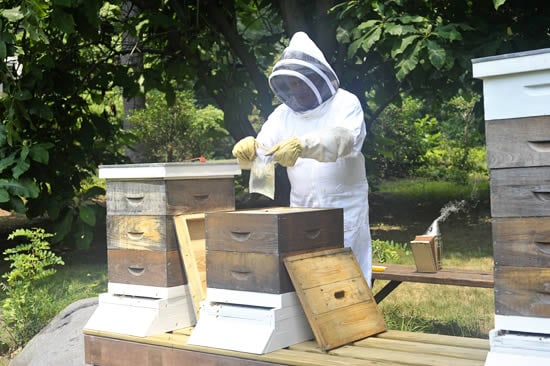
Both of these new hives get “HBH.”
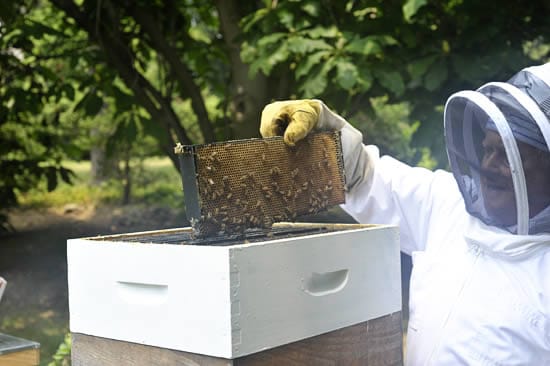
But these guys are doing awfully well. They don’t get any extra help. If they do too well, there will be so much honey that they will swarm and start a new hive on a tree somewhere, away from this hive. And that isn’t good. So you have to keep an eye on them and keep adding layers for them to grow into.
Here is the recipe for Honey Bee Healthy that my dad uses. You can make gallons for the price of a store-bought bottle of HBH!
“Honey Bee Healthy”
5 cups Water
2 1/2 pounds Sugar
1/8 tsp. Lecithin Granules (used as an emulsifier)
15 drops Spearmint Oil
15 drops Lemongrass Oil
1. Bring the water to a boil and integrate the sugar until dissolved.
2. Once the sugar is dissolved remove the mixture from the heat and quickly add the lecithin and the essential oils.
3. Stir until everything is evenly distributed. This solution should have a strong scent and not be left open around bees. Cool before using.
Makes 2 quarts.
—
[A note from Andrew: Lecithin doesn’t pass the kitchen test, but since this is for the bees to eat and not us, I figure it’s okay to include this recipe. If you keep bees, or are thinking about keeping bees, I hope the HBH recipe is helpful for you — and your bees!]
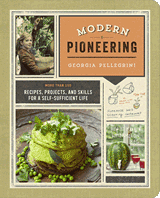
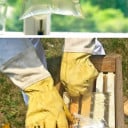

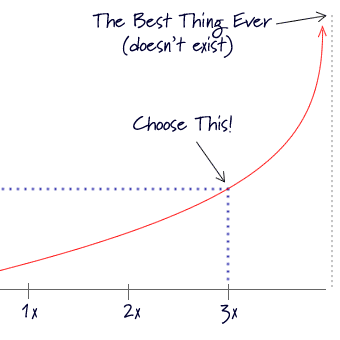
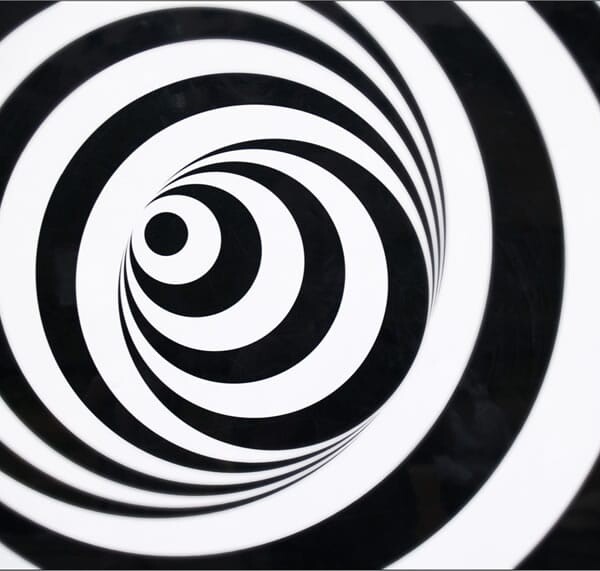
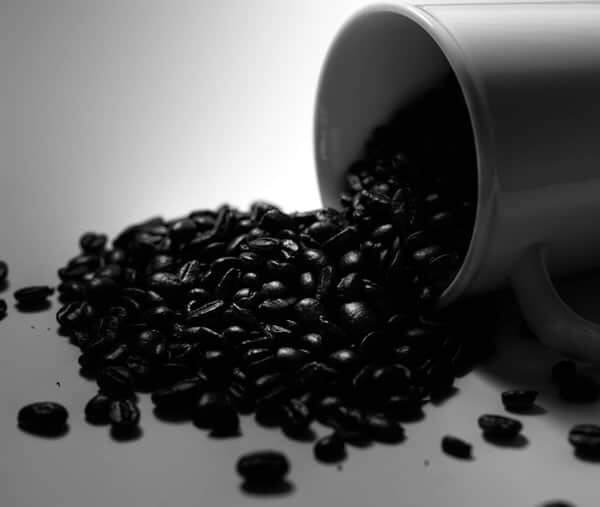
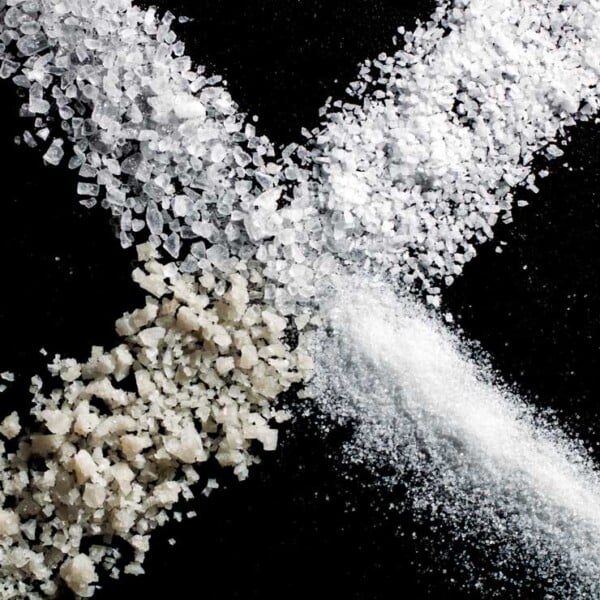















How much of the bee health concentrate do you add per quart or gallon of 1:1 sugar water with this recipe?
I would suggest you get the food grade essential oils. LorAnn Oils has them. They may even allow you to purchase it wholesale as a service to bee keepers to help the effort to restore healthy bee populations.
http://www.lorannoils.com/
Is there a reason you used or preferred to use the sunflower lecithin granules vs. soy based lecithin?
Is there just one tulip tree in the area of the bees?
Feed this to the bees straight or add it to the 1:1 syrup like the commercial version?
I have a big box of foundant and I divide it up in small amounts to feed. I have wrapped it in non stick allum. foil
or suran wrap. Can I still apply a light oil such as pam to help it remove easier from the wrap before putting on the bees? Thanks Bern
I would like to know if I can use soy lecithin capsule instead of the granules as they may be hard to dissolve. I have 1200 mg on hand. Please advise how many. Thank you
Thanks for sharing this. It is January 30th and there are honey bees all over my compost pile. Nothing is in bloom and I imagine they are hungry. I am not a bee keeper but I would love too be… I guess you can say I am Bee aware.
I am off to make Bee Healthy….
About HRH, I go by the instructions on the bottled commercial product and add this to the sugar water in the top feeder at the rate of 1 teaspoon per quart of sugar water, which can be increased to 2 teaspoons per quart for “maximum efficacy.” The label says you can use it as a drench to calm the bees or to entice them to work plastic foundation. Instructions for using as a drench are on the bottle.
I made this recipe for homemade Honey Bee Healthy using sunflower lecithin granules rather than soy lecithin. The lecithin granules did not want to dissolve so I poured the mixture into my VitaMix blender at a high speed and let it go for about a minute. This dissolved the lecithin almost entirely. For the next batch I will use more lecithin as what I got going by the recipe is a rather thin mixture.
Also, I poured the boiled water over the sugar rather than adding the sugar to the boiling water and cooking it till the sugar dissolved. The latter can cause crystals to form and I understand that crystallized sugar is harmful to the bees.
Thanks for the recipe. It smells very much like the commercial product and I’m sure the bees will love it. NOTE: the recipe makes 4 pints of HBH.
When using a bag of HBH is it ok to eat the honey, if feed two months before or should you not use the honey that may have lecithin that was feed to the bees thanks.
I have the same questions about being able to eat the honey that is obtained from a hive which has been fed HBH.
Thanks
David and Karen, you should not use HBH once you put the honey supers on the hive. The supers are the shallow boxes above the queen excluder that hold the frames from which you extract the honey. HBH can be used to feed the bees at other times, when there is not a heavy nectar flow. HBH does not have a negative impact on bee health, and I have never heard that it causes a buildup of undesirable compounds in the comb.